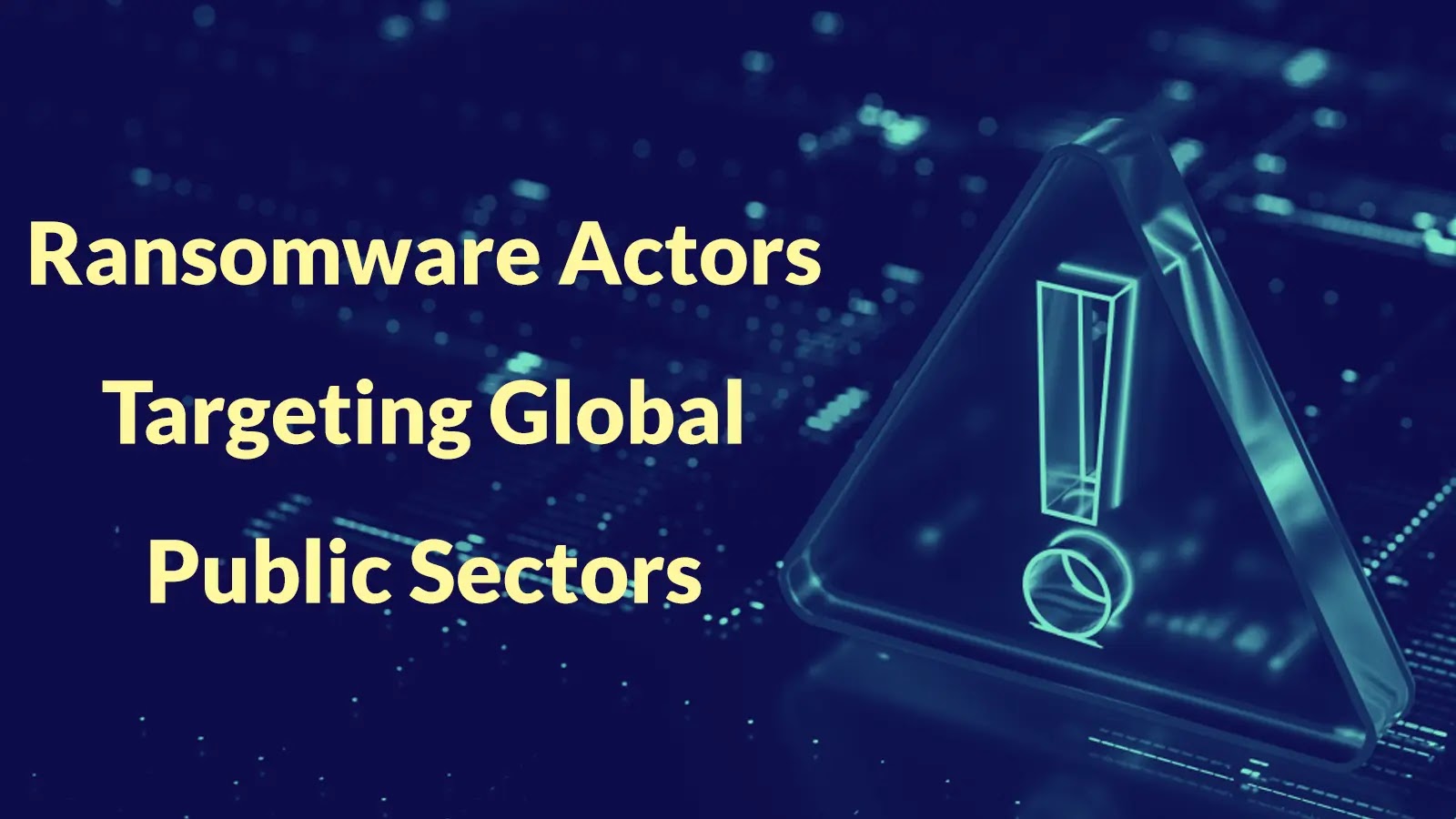
Ransomware Actors Targeting Global Public Sectors and Critical Services in Targeted Attacks
Ransomware attacks are no longer a distant threat; they are a pervasive reality, particularly for the public sector. The relentless targeting of critical services by sophisticated ransomware actors has escalated dramatically, fundamentally disrupting essential operations and eroding public trust at an alarming rate. Organizations worldwide, from government agencies to healthcare providers, face an unprecedented challenge in safeguarding their digital infrastructure against these malicious campaigns. Understanding the scope of this threat and implementing robust defenses is paramount for maintaining societal stability and continuity.
The Escalating Threat to Global Public Services
In 2025, ransomware campaigns against public sector entities have shown a disquieting acceleration. Despite heightened cybersecurity awareness and significant investment in defensive measures, the attacks continue without pause. The sheer volume of incidents is stark: approximately 196 public sector organizations globally have fallen victim to ransomware throughout the year. This pattern of sustained attacks points to a calculated and persistent effort by threat actors to exploit vulnerabilities within critical infrastructure.
The impact of these attacks extends far beyond financial cost. Critical service outages directly impede government functions, healthcare delivery, and emergency response capabilities. The resulting data loss can be catastrophic, leading to permanent records destruction and compromised sensitive information. This, in turn, severely damages public trust in institutions responsible for citizens’ welfare and security. The consistent targeting highlights the lucrative nature of these attacks for criminal organizations, who often prioritize entities with limited resources or complex legacy systems.
Understanding the Attack Vectors and Motivations
Ransomware groups leverage a variety of attack vectors to infiltrate public sector networks. Common entry points include:
- Phishing and Social Engineering: Exploiting human vulnerabilities through deceptive emails or messages to plant malware or steal credentials.
- Exploitation of Vulnerabilities: Capitalizing on unpatched software or misconfigured systems (e.g., CVE-2023-45678 or CVE-2024-12345 related to remote code execution in widely used enterprise software).
- Supply Chain Attacks: Compromising trusted third-party vendors to gain access to their public sector clients’ networks.
- Brute-Force Attacks and Weak Credentials: Targeting poorly secured remote access services (e.g., RDP) or administrative interfaces.
The motivations behind these attacks are primarily financial, with threat actors demanding substantial ransoms for decryption keys or to prevent data exfiltration. However, geopolitical motivations, espionage, and disruption can also play a role, especially when nation-state-backed groups are involved. The double extortion tactic, where data is exfiltrated before encryption, adds significant pressure on victims to pay, fearing public disclosure of sensitive information.
Remediation Actions and Proactive Defense Strategies
Mitigating the risk of ransomware attacks in the public sector requires a multi-faceted and proactive approach. Organizations must move beyond reactive measures and build resilient infrastructure and robust incident response capabilities.
- Regular Patching and Vulnerability Management: Implement a rigorous patching schedule for all operating systems, applications, and network devices. Conduct regular vulnerability scans and penetration testing to identify and remediate weaknesses.
- Strong Authentication and Access Control: Enforce multi-factor authentication (MFA) across all systems, especially for remote access and privileged accounts. Implement the principle of least privilege, ensuring users only have access to resources essential for their role.
- Comprehensive Backup and Recovery Strategy: Maintain immutable, off-site, and offline backups of all critical data. Regularly test backup restoration procedures to ensure their viability in a crisis.
- Employee Training and Awareness: Conduct ongoing cybersecurity training for all employees, focusing on recognizing phishing attempts, safe browsing habits, and reporting suspicious activities.
- Network Segmentation: Divide networks into isolated segments to limit the lateral movement of ransomware in the event of a breach.
- Endpoint Detection and Response (EDR): Deploy EDR solutions to monitor endpoints for malicious activity, detect threats in real-time, and enable rapid response.
- Incident Response Plan: Develop and regularly test a detailed incident response plan specifically for ransomware attacks, outlining roles, responsibilities, and communication protocols.
- Threat Intelligence Sharing: Participate in threat intelligence sharing initiatives to stay informed about emerging threats, tactics, and indicators of compromise (IOCs) relevant to the public sector.
Essential Tools for Ransomware Defense
Effective defense against ransomware relies on a combination of robust security tools. Here are some categories and examples:
| Tool Name/Category | Purpose | Link (Example) |
|---|---|---|
| Endpoint Detection & Response (EDR) Solutions | Real-time threat detection, investigation, and response on endpoints. | Search leading EDR solutions |
| Vulnerability Scanners | Identify security weaknesses and misconfigurations in systems and applications. | Search popular vulnerability scanners |
| Security Information and Event Management (SIEM) | Centralized logging, correlation, and analysis of security events across the infrastructure. | Search top SIEM platforms |
| Multi-Factor Authentication (MFA) Solutions | Adds an extra layer of security beyond passwords for user authentication. | Search MFA providers |
| Backup and Disaster Recovery Solutions | Securely store and enable rapid restoration of critical data. | Search enterprise backup solutions |
Looking Ahead: Building Resilience
The persistent targeting of global public sectors and critical services by ransomware actors underscores the imperative for continuous vigilance and adaptation. While the immediate focus is on defense and remediation, the long-term strategy must involve building inherent resilience. This means fostering a culture of security, investing in advanced threat intelligence, encouraging inter-agency collaboration, and preparing for inevitable incidents. The fight against ransomware is not a one-time battle but an ongoing commitment to protecting the services that underpin our societies.





